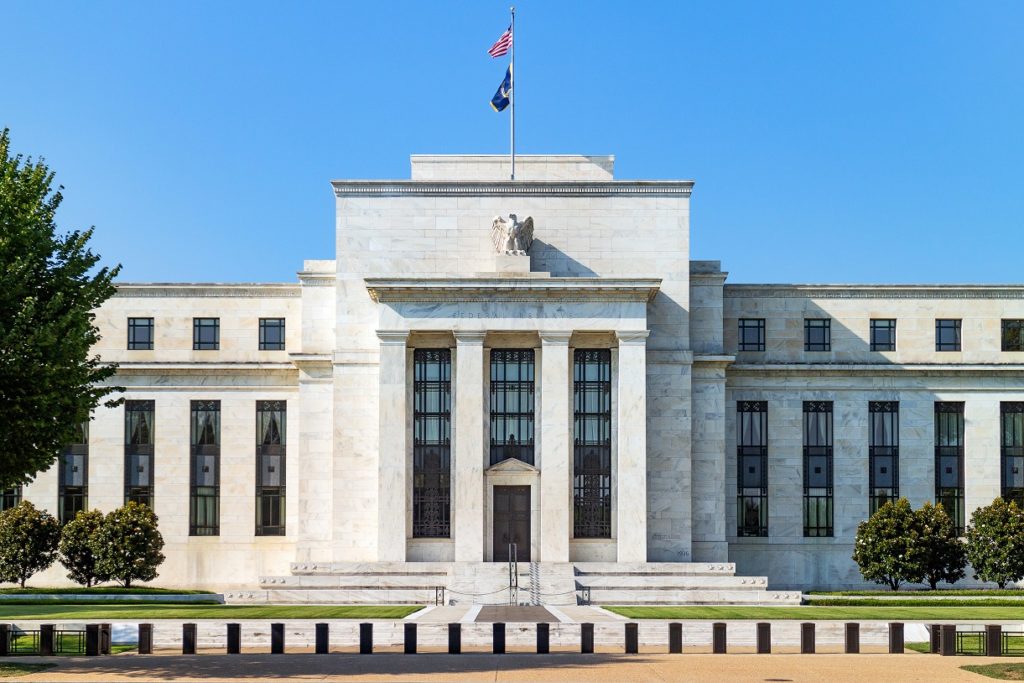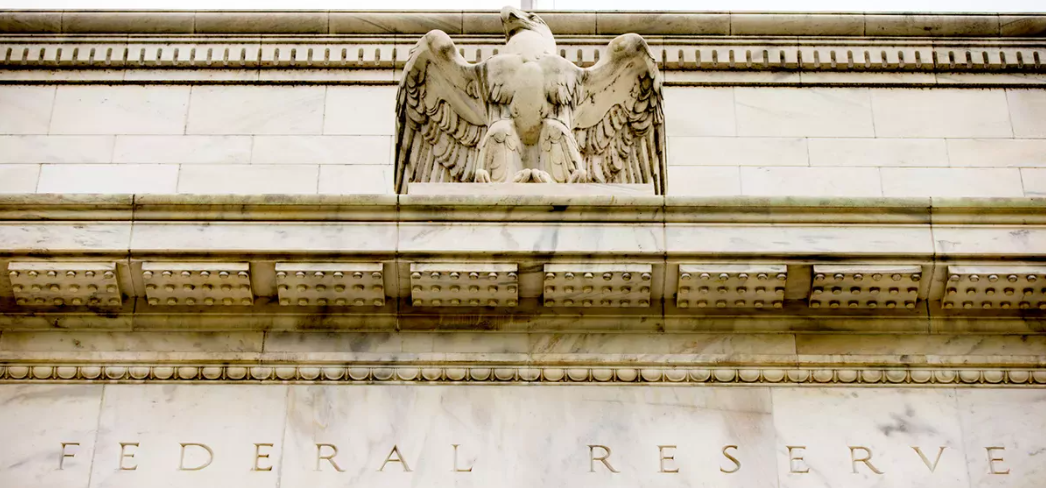
François Christen
Chief Economist
Like the Fed, the Bank of England and the SNB are exercising restraint until the situation becomes clearer.
Original article published in French on agefi.com

Widely expected, the Federal Reserve’s decision to maintain its key interest rate between 5.25% and 5.5% was not met with enthusiasm. The projections unveiled after the FOMC meeting point to a further 0.25 percentage point rate hike in the fourth quarter, and a less substantial reversal next year. The median forecast for the Fed funds rate at the end of 2024 has been revised from 4.6% to 5.1%.
Projections for December 2025 have also been revised upwards, with the median raised from 3.4% to 3.9%. However, the dispersion of forecasts (between 2.6% and 5.6%) reflects a high degree of uncertainty and divergent opinions among committee members. In the same vein, the stability at 2.5% of the median Fed funds rate projections “over the long term” (when the economy is operating in balance) is misleading. Seven out of the eighteen FOMC members believe that the long-term Fed funds rate is higher, ranging from 2.6% to 3.75%. In short, the monetary outlook is muddled, but “skewed” towards a tightening that could be protracted and lead to a recession, rather than the soft landing favored by Wall Street.
The restrictive course set by Jerome Powell and his colleagues has pushed the yield on the US 10-year T-Note to around 4.5%, a level not seen since 2007. Economic news is mixed, however. The downturn in the NAHB index (45 in September, after 50 in August and 56 in July) suggests that the rebound in mortgage interest rates, after a period of easing in the first half of the year, is once again weakening the housing market. The first estimate of PMIs by S&P Global (50.1 in September after 50.2 in August) and the 0.4% decline in the Conference Board’s leading indicator reflect a gloomy economic outlook and persistent recession risks.
In Europe, euro-denominated yields continued to rise under the influence of the USA. The 10-year German Bund yield is now close to 2.8%, a far cry from the abyss explored between 2019 and early 2022. The Eurozone’s composite PMI recovered slightly (47.1 in September after 46.7), but remains well below the 50 threshold delimiting expansions and contractions. Falling to 43.4, the manufacturing PMI signals a recession in the secondary sector. Although minimal, the decline in the IFO business climate index (85.7 after 85.8) confirms the German economy’s weakness.
Outside the eurozone, British government bond yields are moving against the tide. The Bank of England’s decision not to raise its key interest rate came as a surprise to investors, who were expecting a further interest rate hike. A 5-4 majority of the Monetary Policy Committee voted in favor of a pause, which could be extended if the decline in inflation observed in August (6.2% excluding energy and food, compared with 6.9% the previous month) continues.
The SNB also confounded expectations by opting for a legitimate status quo. The deposit rate is therefore unchanged at 1.75%. A broad consensus expected a hike, in light of the signals sent out by Thomas Jordan over the summer. The SNB’s decision led to an undesirable depreciation of the Swiss franc, in contradiction with its stated intention to intervene in the foreign exchange market by selling currencies. The appointment of the highly experienced Antoine Martin to the Executive Board, announced on Friday, is welcome news after three months of uncertainty.










